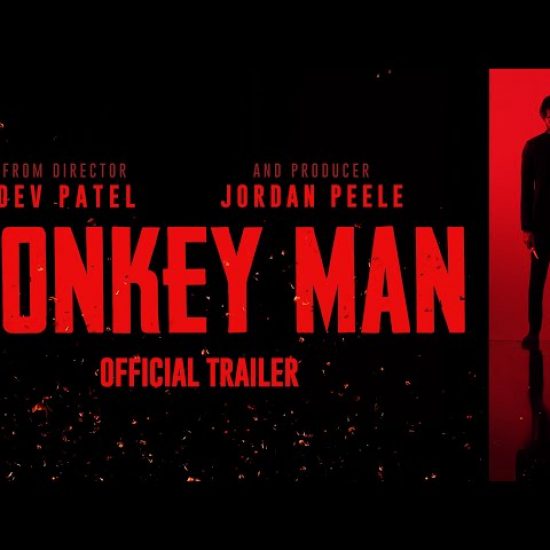A revolutionary web architecture is under construction, promising to wrest control of user data from the grasp of tech giants. This nascent web3 network, spearheaded by companies like Edge & Node, envisions a future where individuals, not corporations, hold the reins to their online information.
The current web, often referred to as Web 2.0, is dominated by a handful of powerful tech companies. These behemoths collect and analyze vast troves of user data, leveraging it for targeted advertising and content manipulation. This centralized control has sparked concerns about privacy breaches, data misuse, and the erosion of online freedom.
Web3, the next iteration of the internet, proposes a decentralized solution. Built on blockchain technology, a distributed ledger system that ensures transparency and security, web3 aims to dismantle the centralized control of the internet. In this new paradigm, users own and manage their data, choosing what information they share and with whom.
Edge & Node, a company at the forefront of web3 development, is building The Graph, a decentralized network likened to the “Google of web3”. The Graph functions by indexing and organizing data scattered across various blockchains, making it readily accessible for users and applications. Unlike traditional search engines, The Graph doesn’t control or monetize the data; it simply facilitates its organization and retrieval.
The potential benefits of web3 are manifold. By wresting control of their data from Big Tech, users gain greater privacy and autonomy. They can choose how their data is used and potentially receive compensation for its value. Additionally, a decentralized web fosters a more level playing field, encouraging innovation and competition among developers.
However, web3 is still in its nascent stages. Several challenges need to be addressed before it can truly challenge the dominance of Web 2.0. Scalability is a major concern, as current blockchain technology struggles to handle the high volume of data traffic typical of the internet. Additionally, user interfaces for interacting with decentralized applications (dApps) built on web3 need to be more user-friendly to attract a broader audience.
Despite these hurdles, the development of web3 networks like The Graph represents a significant step towards a more equitable and user-centric internet. Whether web3 will ultimately dethrone Big Tech remains to be seen, but its emergence signifies a growing desire for a more democratic online space.
____________________________________
This article first appeared on The WIRE and is brought to you by Hyphen Digital Network
(The content powered by our AI models is produced through sophisticated algorithms, and while we strive for accuracy, it may occasionally contain a few minor issues. We appreciate your understanding that AI-generated content is an evolving technology, and we encourage users to provide feedback if any discrepancies are identified. As this feature is currently in beta testing, your insights play a crucial role in enhancing the overall quality and reliability of our service. We thank you for your collaboration and understanding as we work towards delivering an increasingly refined and accurate user experience.)







